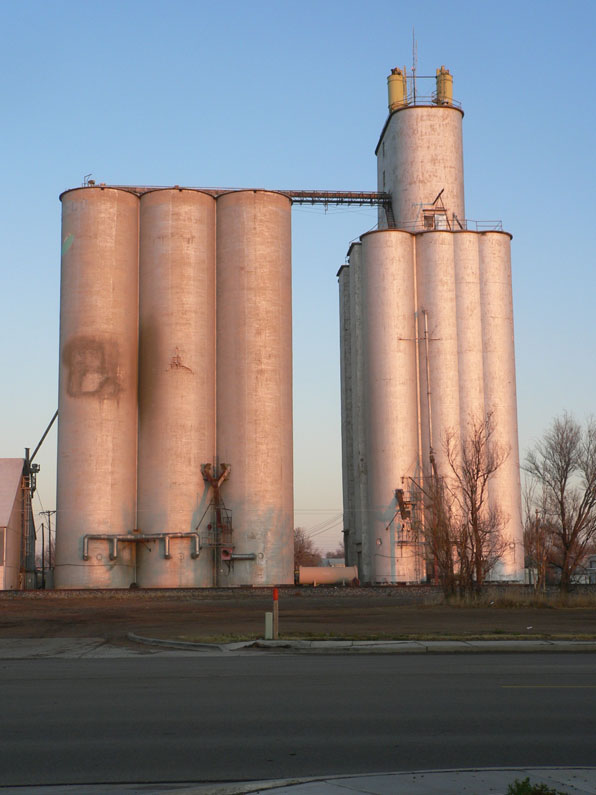On a recent roadtrip I followed the path of two of America's most famous roads - the Oregon Trail and old Route 66. They say the adventure is in the journey, not the destination, but both of these pathways existed to traverse the country as quickly and safely as possible on the way to the West and a better future. The journey was long and arduous, sometimes dangerous, and the prospect of the gleaming future in California was ardent enough to persevere the trials of the trail. You might get your kicks on Route 66, but you weren't too linger too long.
The Oregon Trail, as most of us know from school, was the primary wagontrail west that departed St. Louis and crossed the plains of what was later to become Missouri, Kansas, Nebraska, Wyoming and beyond. The trail itself is not a single path, but a series of braided trails largely following water courses and passing through the Rocky Mountains and over the Continental Divide at their lowest and most accessible location, South Pass City in Wyoming. And like that city, now a ghost town, the paths of the Oregon Trail are long-abandoned and obscured. There are some places where roadways were put down in their place, some contemporary river and stream crossings in the same historical locations. But for the most part, the Oregon Trail has disappeared in farm fields, pastures and range.



















